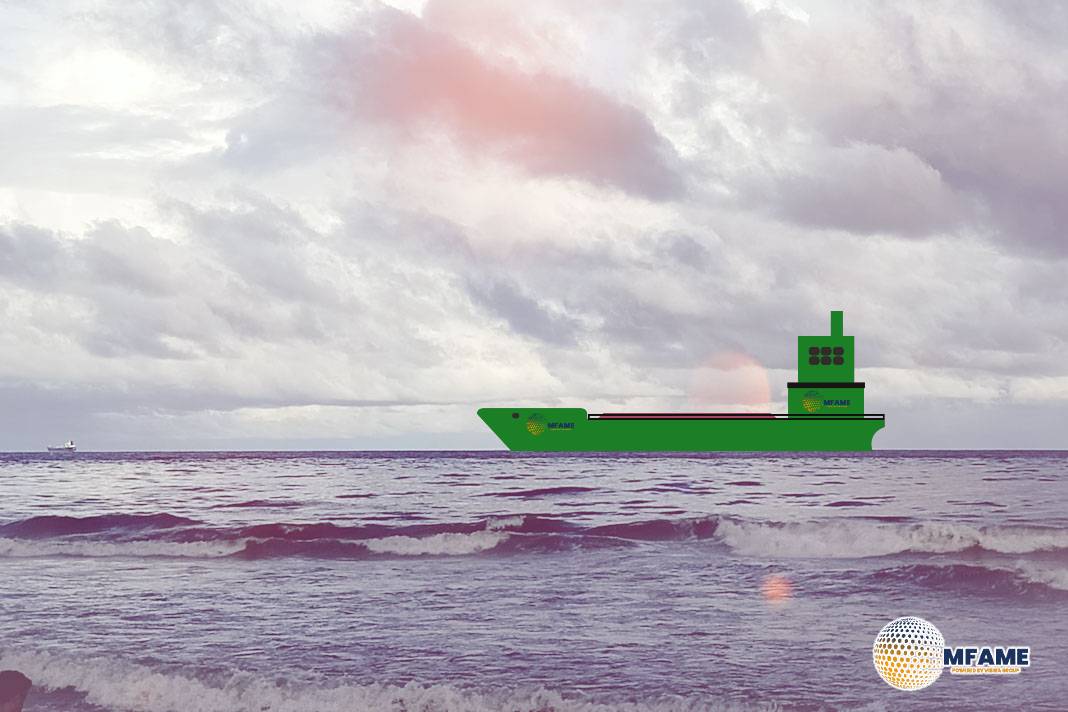The shipping industry is responsible for between 2 and 3% of all global emissions. In recognition of this, the International Maritime Organization has set the ambitious goal to fully decarbonise the sector by 2050. Hitting this target will require a wide-scale transition from today’s high-emission fossil fuels to zero-emission alternatives.
While the Global Maritime Forum is fuel agnostic and does not endorse the use of one type of alternative fuel over another, methanol and ammonia have emerged as two of the most promising candidates among the options under consideration. Each has its own distinct advantages, challenges, and pathways to scale.
This Q&A explains how ammonia and methanol work, how they compare, and where they fit alongside other emerging fuel options.
Why are methanol and ammonia being used as shipping fuels?
Methanol and ammonia are considered two of the most promising alternative shipping fuels due to their potential to significantly reduce ships’ emissions, decrease in cost over time, and achieve the scale of production needed to decarbonise the sector (replacing around 300 million tonnes of fuel oil per year).
How much can ammonia and methanol reduce shipping emissions?
Both ammonia and methanol can be low- or zero-emission fuels.
A key attraction of ammonia as a shipping fuel is that it does not contain carbon and thus does not produce carbon emissions when burnt. Advanced engine testing results suggest that 90-95% reductions in tank-to-wake emissions (i.e., the emissions resulting from direct fuel combustion onboard the vessel) are plausible with the engines under development.
Methanol contains carbon, but if it is made from renewable sources (so-called green methanol, see more below), it can still be a net-zero emission fuel even though it emits CO2.
What other emissions are produced when using ammonia and methanol as shipping fuels?
While ammonia can greatly reduce carbon emissions, its use as a shipping fuel presents other emissions risks:
- Ammonia slip – highly toxic, presenting a safety risk to people and the environment
- Nitrogen oxides (NOx) – contribute to the formation of acid rain and smog
- Nitrous oxide (N₂O) – a greenhouse gas 273 times stronger than carbon dioxide over a 100-year timeframe
- Greenhouse gases from the pilot fuel required for engine ignition
Recent research studies and NGO advocacy have suggested that these emissions could be a major stumbling block for ammonia if they are not adequately addressed.
The use of methanol can also produce nitrogen oxides and greenhouse gases from pilot fuel, but it does not pose the risk of slip or nitrous oxide emissions.
What is the current status of methanol and ammonia as shipping fuels?
Shipping’s transition to zero-emission fuels and technologies is expected to follow an S-curve, in which an initial period of slow uptake (emergence) is followed by a rapid increase (diffusion), before eventually flattening out (reconfiguration).
Did you subscribe to our daily Newsletter?
It’s Free Click here to Subscribe!
Source: Global Maritime Forum
















